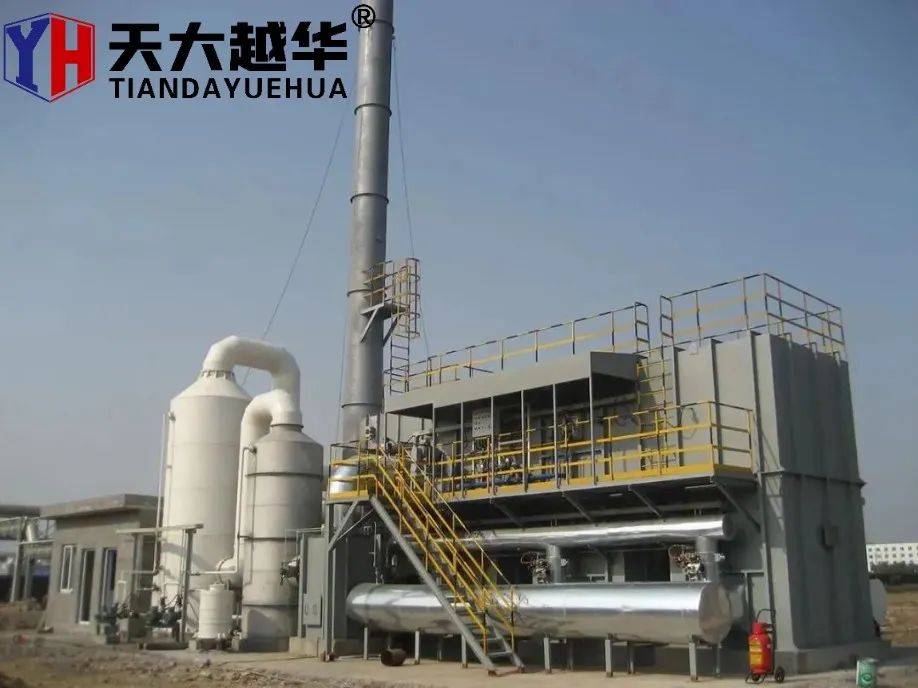Understanding Oxider Incinerator RTO: A Sustainable Solution for Industrial Waste Treatment
2024-04-07
In the realm of industrial waste management, the Oxider Incinerator RTO stands as a beacon of innovation and sustainability. This advanced technology offers a solution for treating various types of waste while minimizing environmental impact and maximizing efficiency. In this blog, we'll delve into the intricacies of the Oxider Incinerator RTO, exploring its functionality, applications, and benefits in today's industrial landscape.
What is an Oxider Incinerator RTO?
The Oxider Incinerator RTO, or Regenerative Thermal Oxidizer, is a sophisticated air pollution control system designed to treat volatile organic compounds (VOCs), hazardous air pollutants (HAPs), and other airborne contaminants generated during industrial processes. It employs a thermal oxidation process to decompose harmful pollutants into harmless by-products such as carbon dioxide and water vapor.
How does it work?
The operation of an Oxider Incinerator RTO involves several key steps. First, contaminated air from industrial processes is drawn into the system and directed into combustion chambers. Here, the air is heated to high temperatures, typically ranging from 1400°F to 1800°F (760°C to 980°C), initiating the thermal oxidation process.
During thermal oxidation, organic compounds in the air stream are chemically oxidized in the presence of oxygen, breaking down complex molecules into simpler, less harmful compounds. This process occurs within the combustion chambers, where the elevated temperatures ensure efficient pollutant destruction.
The treated air then passes through a heat exchanger system known as a regenerative heat recovery unit. In this unit, heat from the outgoing exhaust stream is transferred to incoming fresh air, preheating it before it enters the combustion chambers. This heat recovery process improves energy efficiency and reduces operating costs by minimizing the need for external fuel sources.
Applications of Oxider Incinerator RTOs:
Oxider Incinerator RTOs find applications across a wide range of industries, including chemical manufacturing, pharmaceuticals, automotive, printing, and food processing. Any industrial process that generates volatile organic compounds, odors, or hazardous air pollutants can benefit from the use of an Oxider Incinerator RTO for air pollution control.
Benefits of Oxider Incinerator RTOs:
1. Environmental Compliance: By effectively removing harmful pollutants from industrial emissions, Oxider Incinerator RTOs help industries comply with stringent environmental regulations and emission standards.
2. Energy Efficiency: The regenerative heat recovery system of Oxider Incinerator RTOs reduces energy consumption by capturing and reusing heat from the exhaust stream, minimizing the need for external fuel sources.
3. Cost Savings: With lower energy consumption and reduced reliance on auxiliary fuel, Oxider Incinerator RTOs offer significant cost savings over the long term, making them a financially attractive option for industrial facilities.
4. Pollution Prevention: By preventing harmful pollutants from being released into the atmosphere, Oxider Incinerator RTOs contribute to improved air quality and public health in surrounding communities.
5. Versatility: Oxider Incinerator RTOs can be tailored to accommodate different flow rates, pollutant concentrations, and process conditions, making them versatile solutions for various industrial applications.
Conclusion:
In summary, the Oxider Incinerator RTO represents a cutting-edge approach to industrial air pollution control, offering efficient, cost-effective, and environmentally sustainable solutions for treating volatile organic compounds and hazardous air pollutants. As industries continue to prioritize sustainability and regulatory compliance, Oxider Incinerator RTOs will play an increasingly vital role in mitigating air pollution and safeguarding the health of our planet and its inhabitants.



